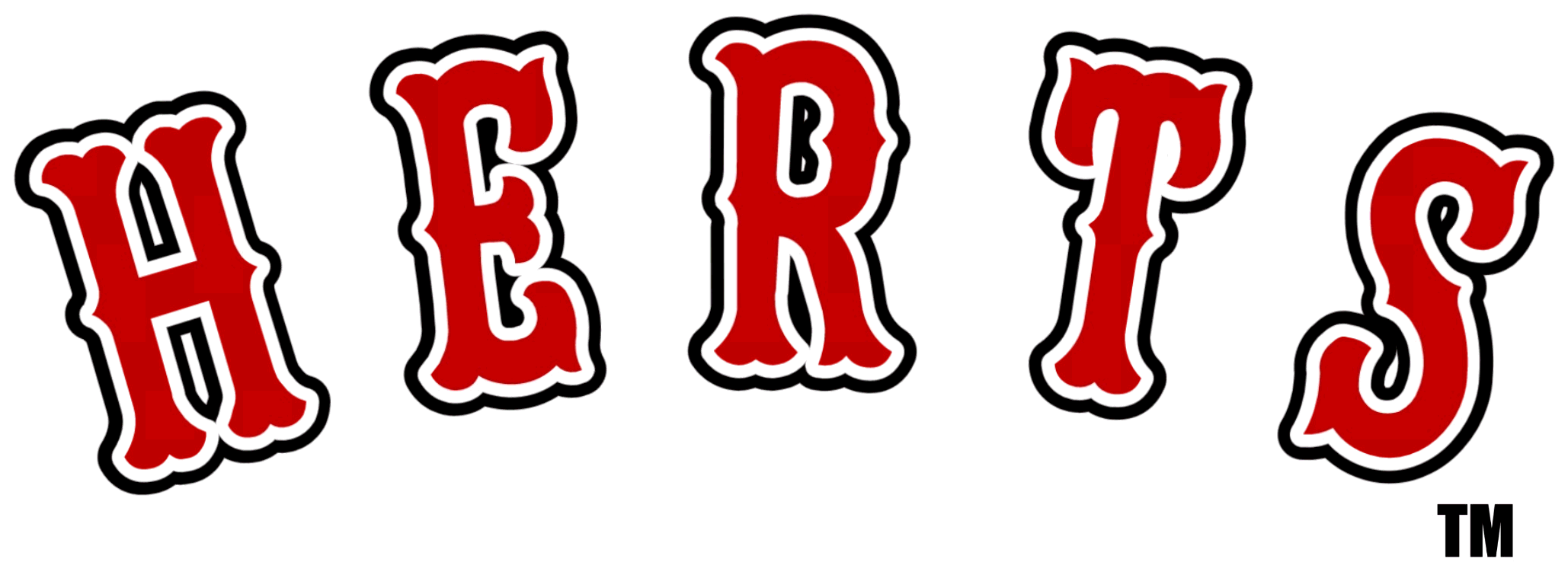He came out of college as THE most heralded prospect in history. His numbers his senior season at San Diego St. were extraordinary. In 109 innings, he went 13-1 with a 195 strikeouts and a 1.35 ERA. His repertoire included a triple digit radar gun, a 4 and two seam fastball, a 12 to 6 curve and, when mixed his fastball, a virtually unhittable changeup. On top of his incredible stuff, he possessed a very competitive spirit, a commanding mound presence. Stephen Strasburg had the whole package, and was the crown jewel that only comes along once a century.
The Washington Nationals selected Strasburg with the first pick in the 2010 draft, and rewarded him with a record $15.1 million contract, the highest in Major League Baseball history for a rookie pitcher, which far surpassed Mark Prior’s $10 million deal. After the signing, the club prudently announced that their prize investment would be protected with a strict pitch and inning limit. Every precaution would be made to insure that he would remain healthy and protect their investment.
After beginning the 2010 campaign in the minors, Strasburg was called up to the Nationals in June. His debut, against the Pirates, was a gem. In 7 innings, he struck out 14, issued no walks, gave up 4 hits in a 5-2 win. He followed that up in his next home start with a 10 strikeout effort against the White Sox. The kid was attracting a lot of attention, and there was a buzz all through MLB when the rookie phenom took the mound. His starts at Nationals Park became an event. The moribund franchise finally had something to brag about as tickets became a premium on his starts.
But there were dark days ahead. Strasburg initially went on the 15 day DL on July 29 with a shoulder injury. He returned to the mound on August 10th against the Marlins, but there were to be only three more starts. On August 21st, against the Phillies, he left the game in the 5th inning after complaining of a twinge in his elbow. Later that week, after he received an MRI, everyone’s worst fears were confirmed. He had suffered a significant tear to his ulnar collateral ligament. His season was over, and his career was in jeopardy. He later had Tommy John surgery, and then began his rehabilitation.
Despite all the precautions the Nationals took, it didn’t matter. Two trips to the disabled list, a season cut short, and an ominous future. Strasburg’s rookie numbers, albeit abbreviated, were excellent. He finished with a 5-3 record in 12 starts, with a 2.91 ERA and 92 strikeouts.
The club really can’t be criticized for the precautions they took. But what is troubling and what needs to be examined are the prevalence of arm injuries in the major leagues. Despite the advantages in technology, training, and prevention, pitchers are much more fragile these days and break down much more frequently than they did in the past.
In the 1960’s, four man rotations were the norm. 40 starts and 300 innings were the expectations for most pitchers. Bob Gibson and Juan Marichal were two of the prominent pitchers in that generation that always picked up the ball every fourth day, gave quality outings, and never seemed to go on the disabled list. Most of the pitchers in that era wanted to start what they finished, and considered it a personal affront to be pulled for a relief pitcher. And the pitchers from that era definitely seemed much more durable.
The advent of the 5 man rotation and pitch counts also brought unwanted changes in the game, including specialty pitchers, repeated trips to the mound, continued delays, and three hour plus games.
The prevalence of pitcher injuries is a concern and a troubling question. What are the causes? Is it the reliance of the slider, which causes a lot of stress on the elbow? Is it the year round regimen that pitchers are now expected to participate in? In the past, most high school athletes were encouraged to play more than one sport. Nowadays, a pitching prospect is expected to work on his game 12 months a year. This doesn’t permit any rest for the arms, which may be a considerable factor for the avalanche of arm injuries.
Everyone is holding their breath with regards to Strasburg’s long term prognosis. Most pitchers come back stronger after Tommy John surgery. The bigger concern is his shoulder. Shoulder injuries for pitchers are much more problematic, and the long term prognosis seemingly more tenuous.
When he returns, all of MLB will be holding their breath every time Strasburg takes the mound. It will certainly be great news if he comes back injury free and duplicates his success of 2010.
Let’s hope that he becomes as durable as Nolan Ryan, and the next Walter Johnson for Washington D.C., rather than another Kerry Wood.

